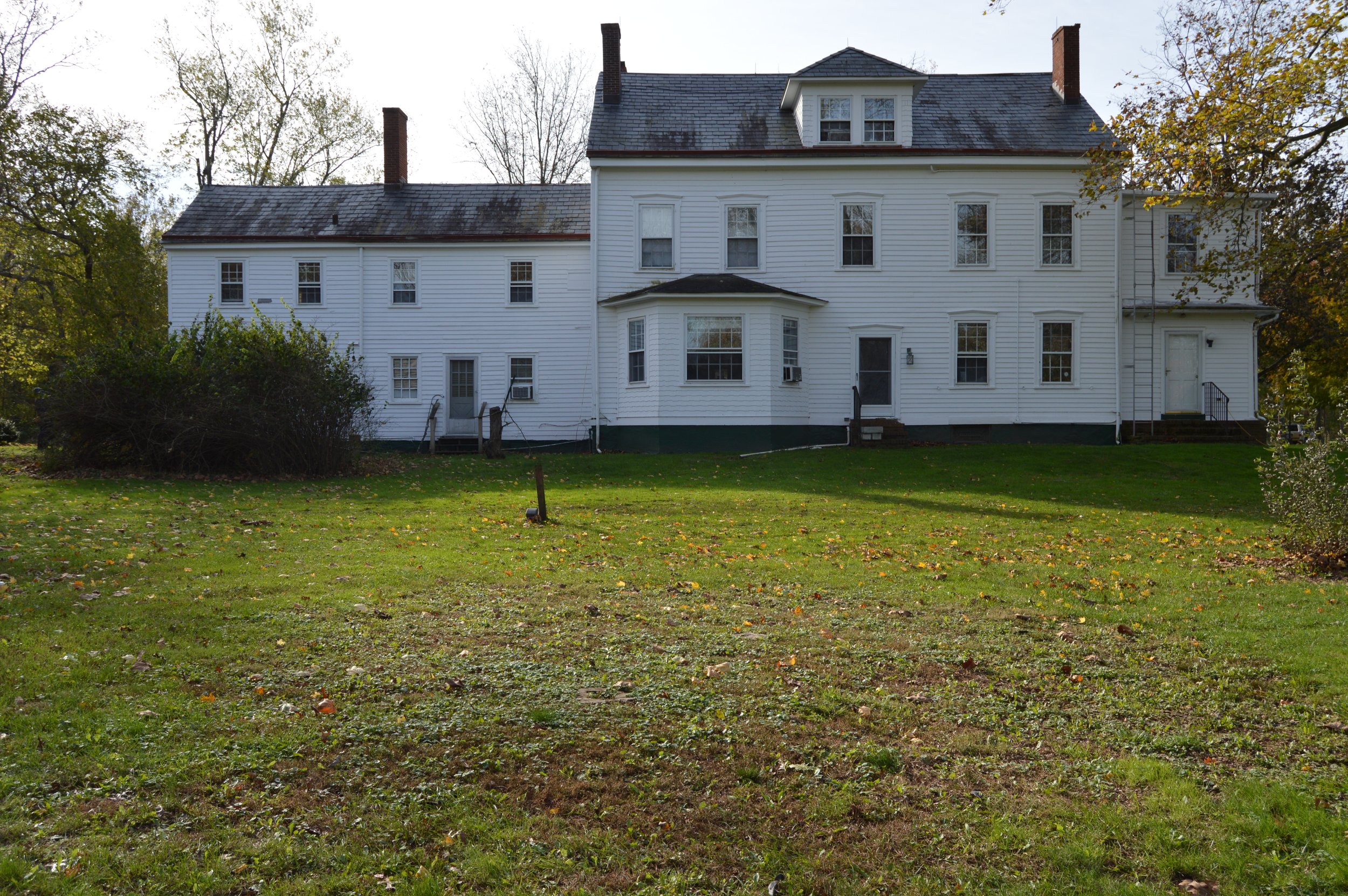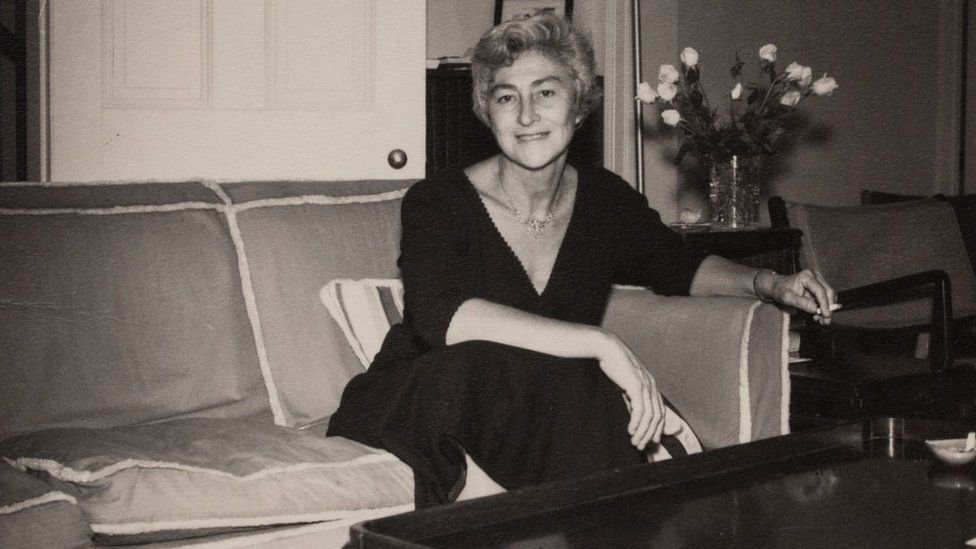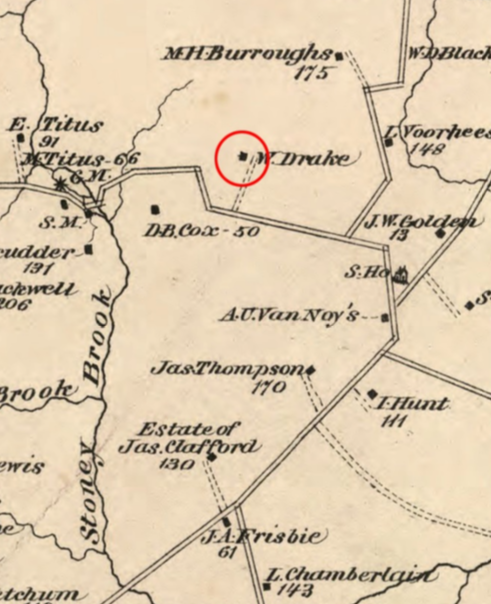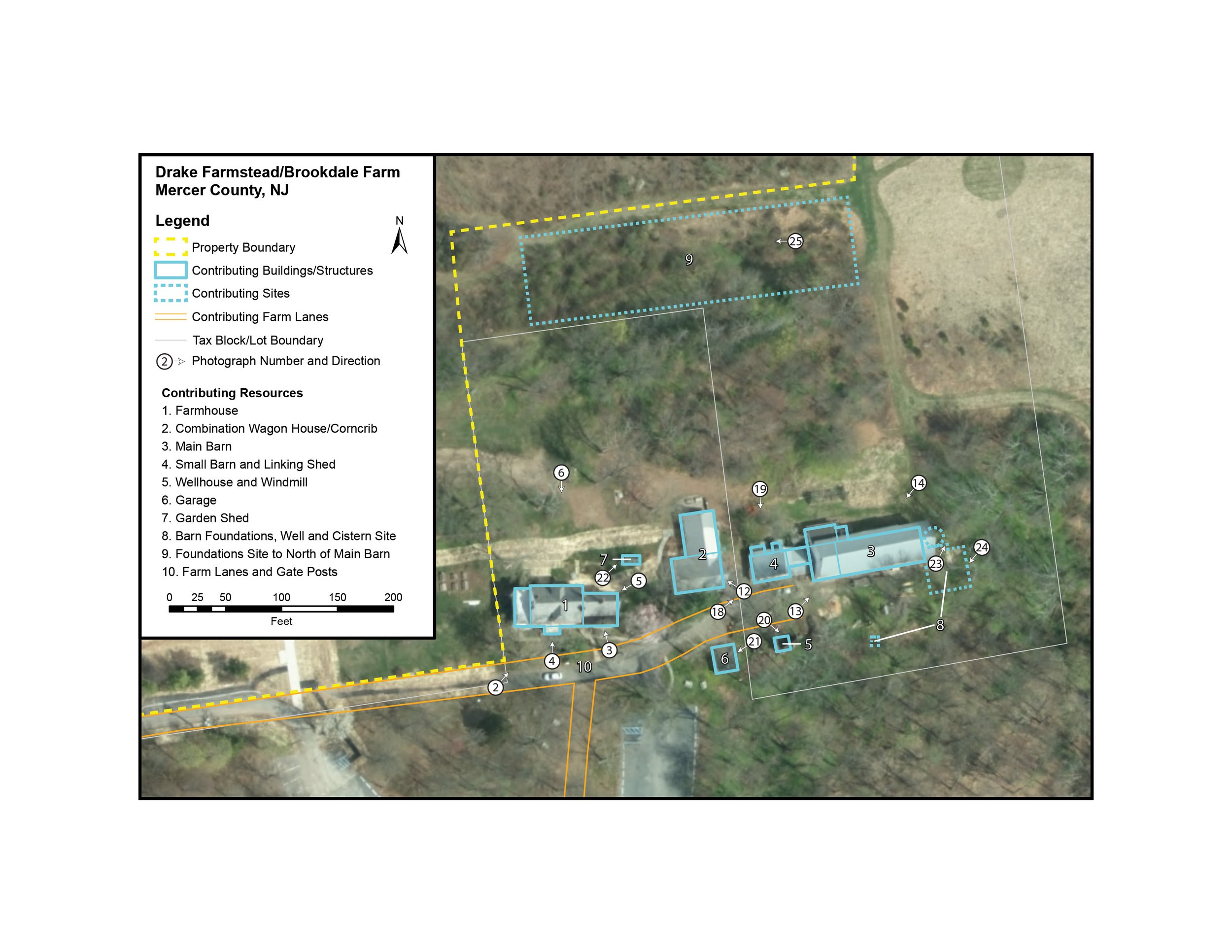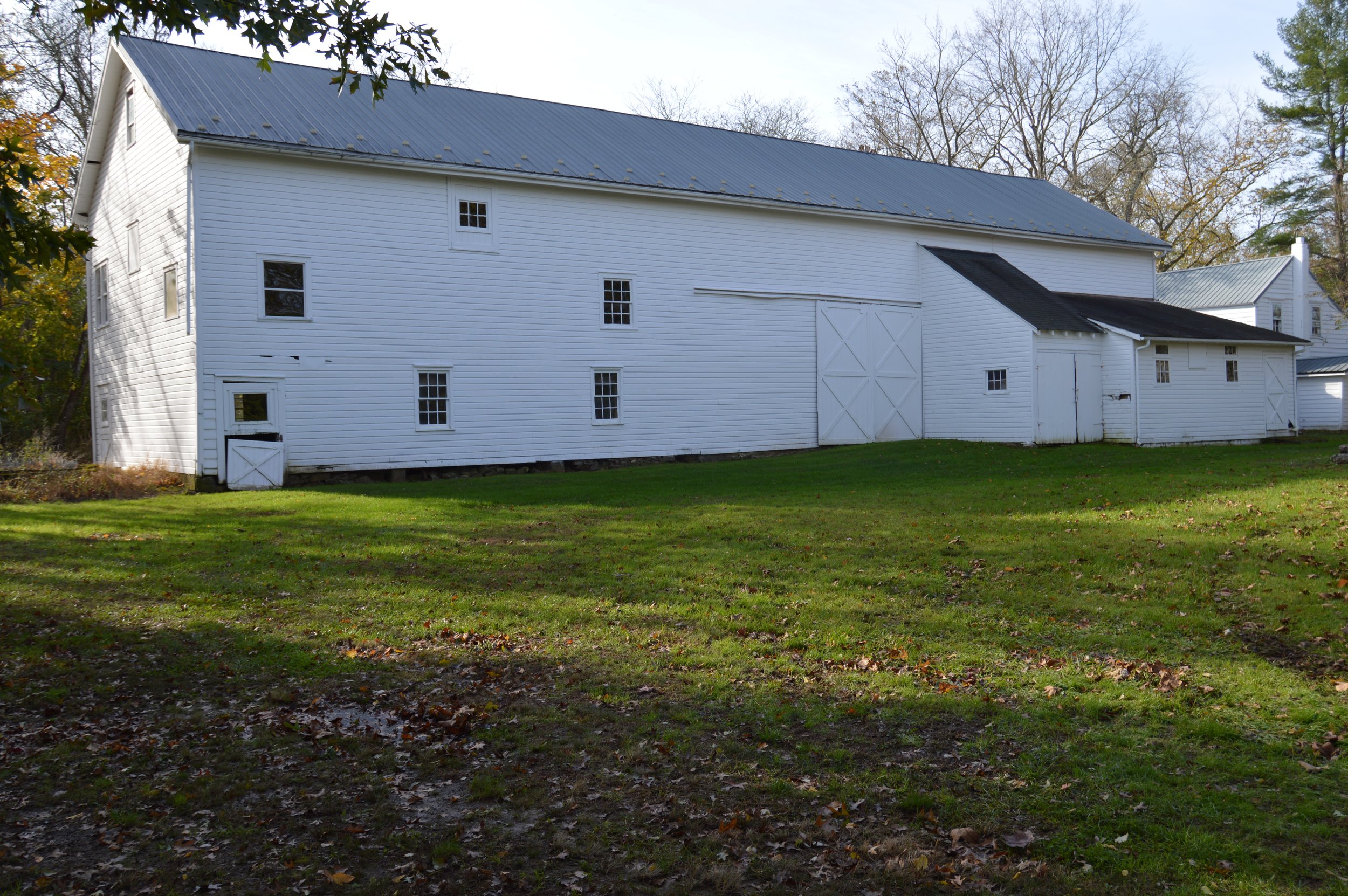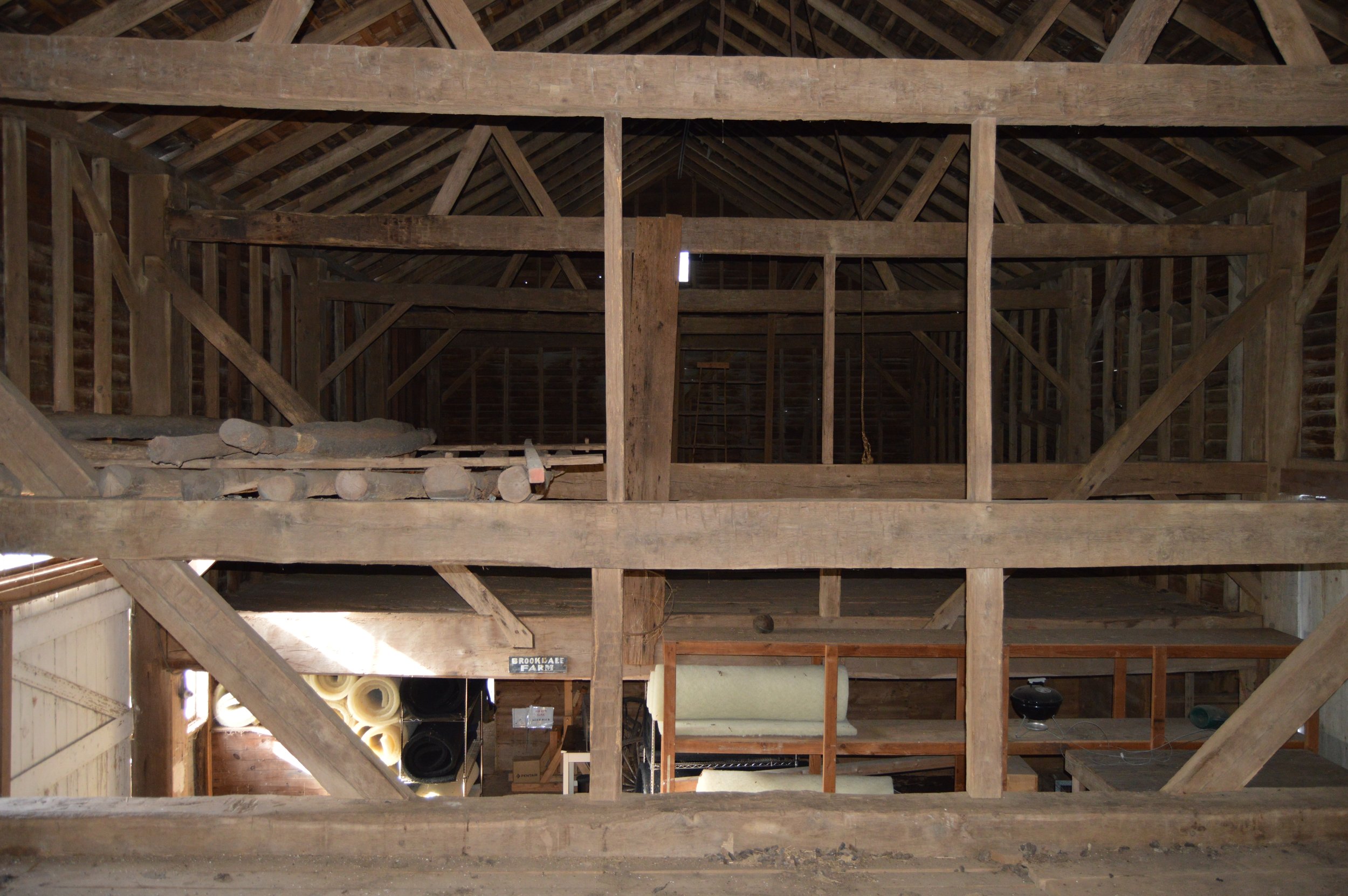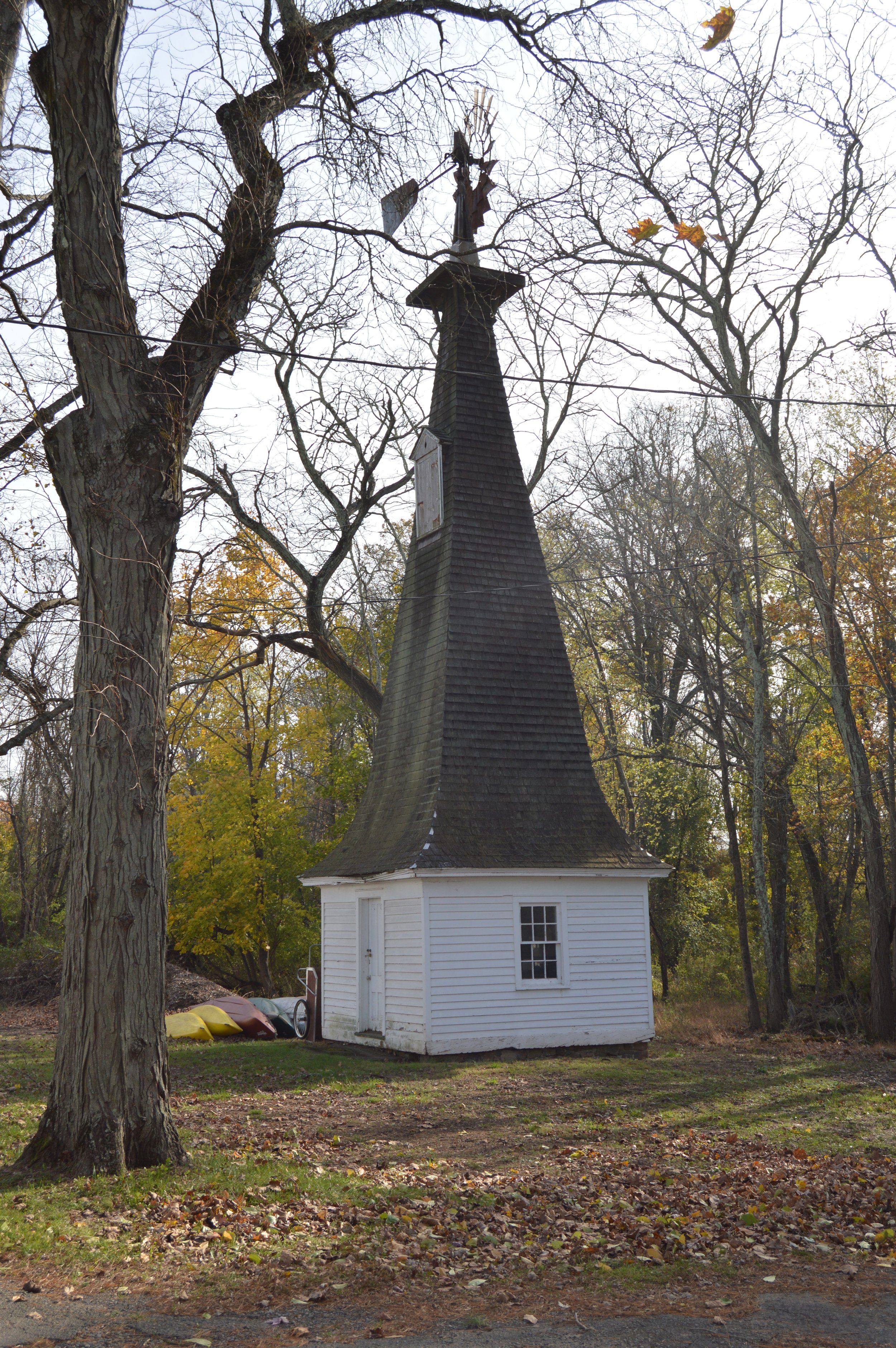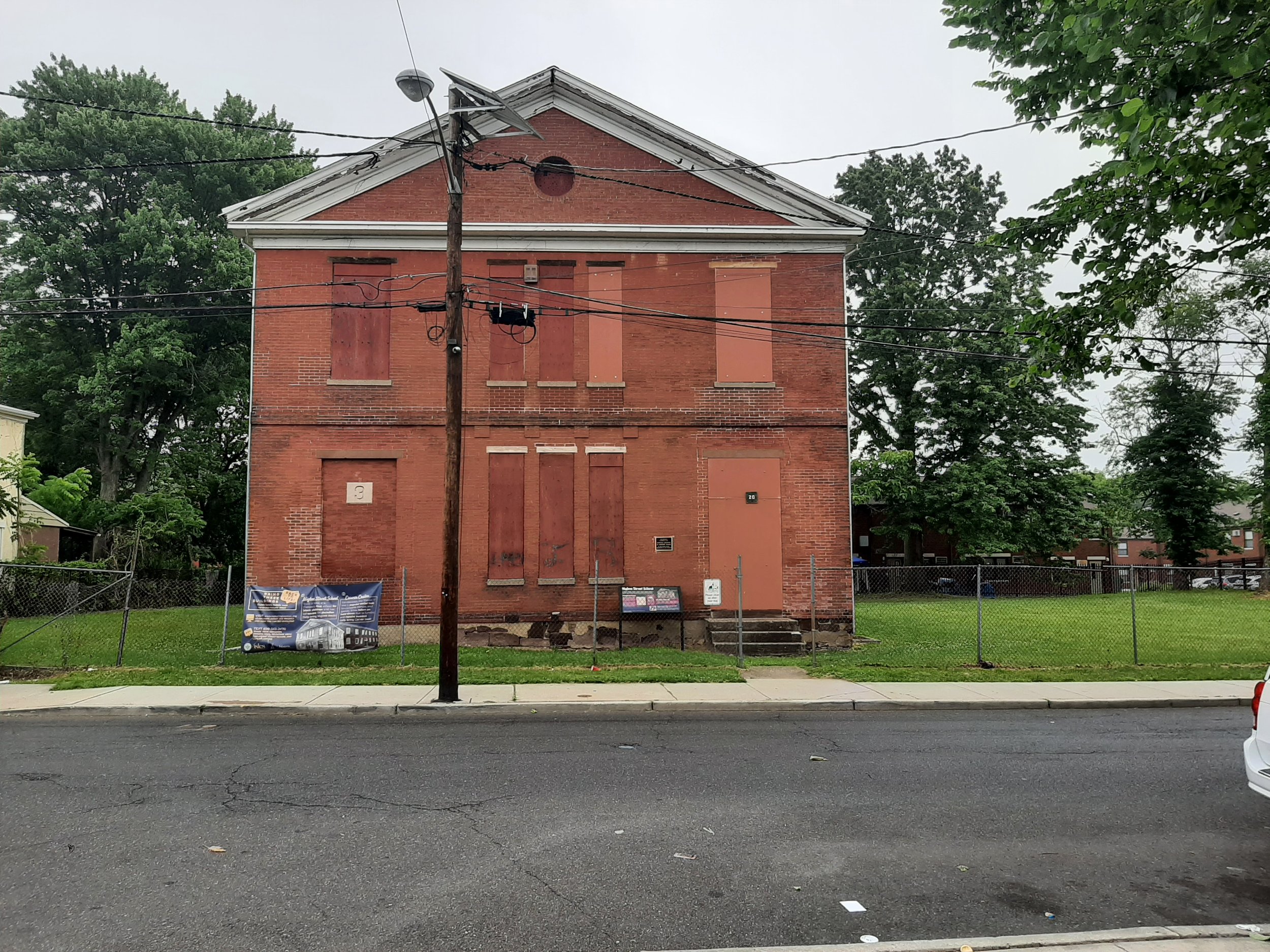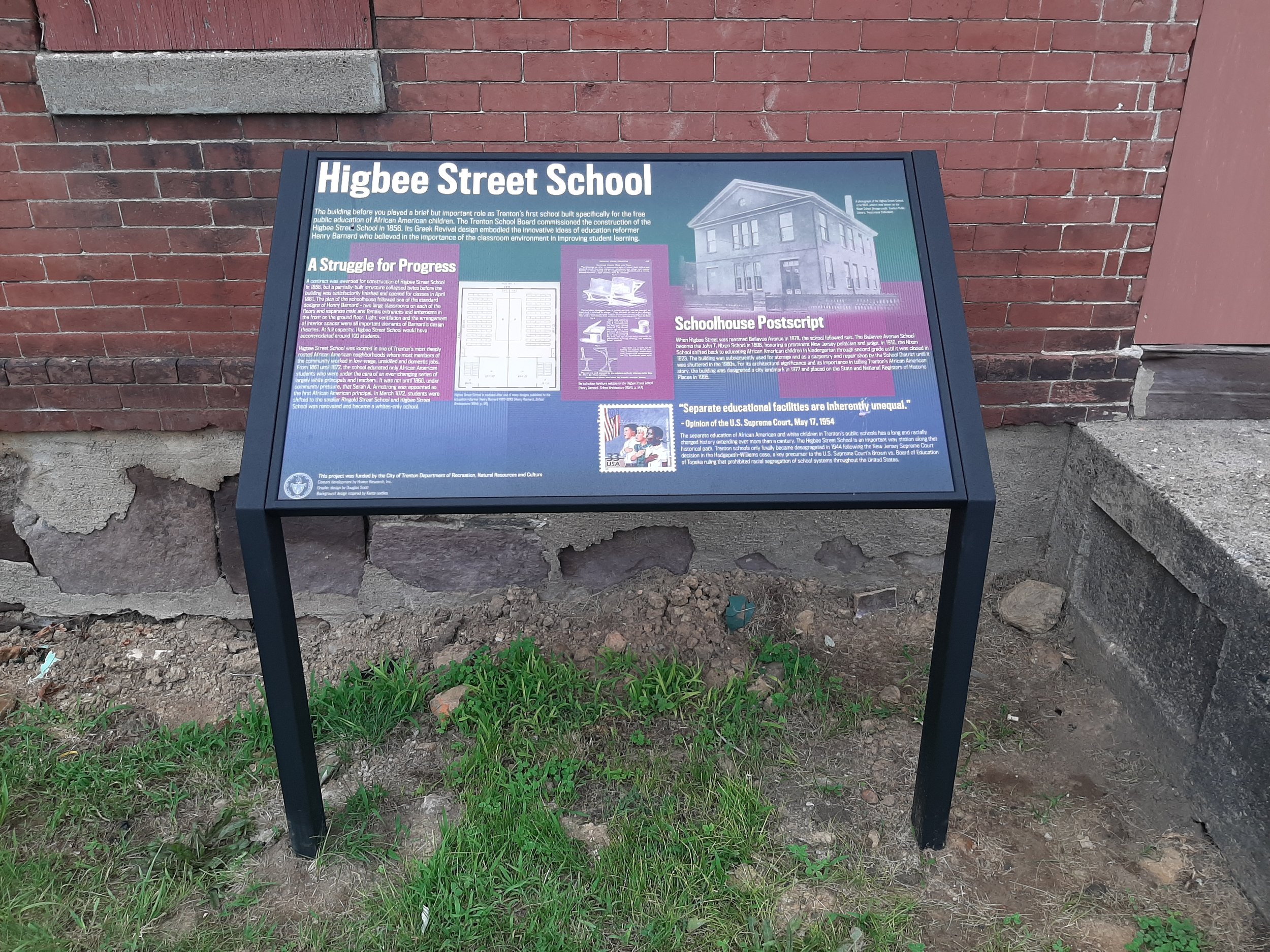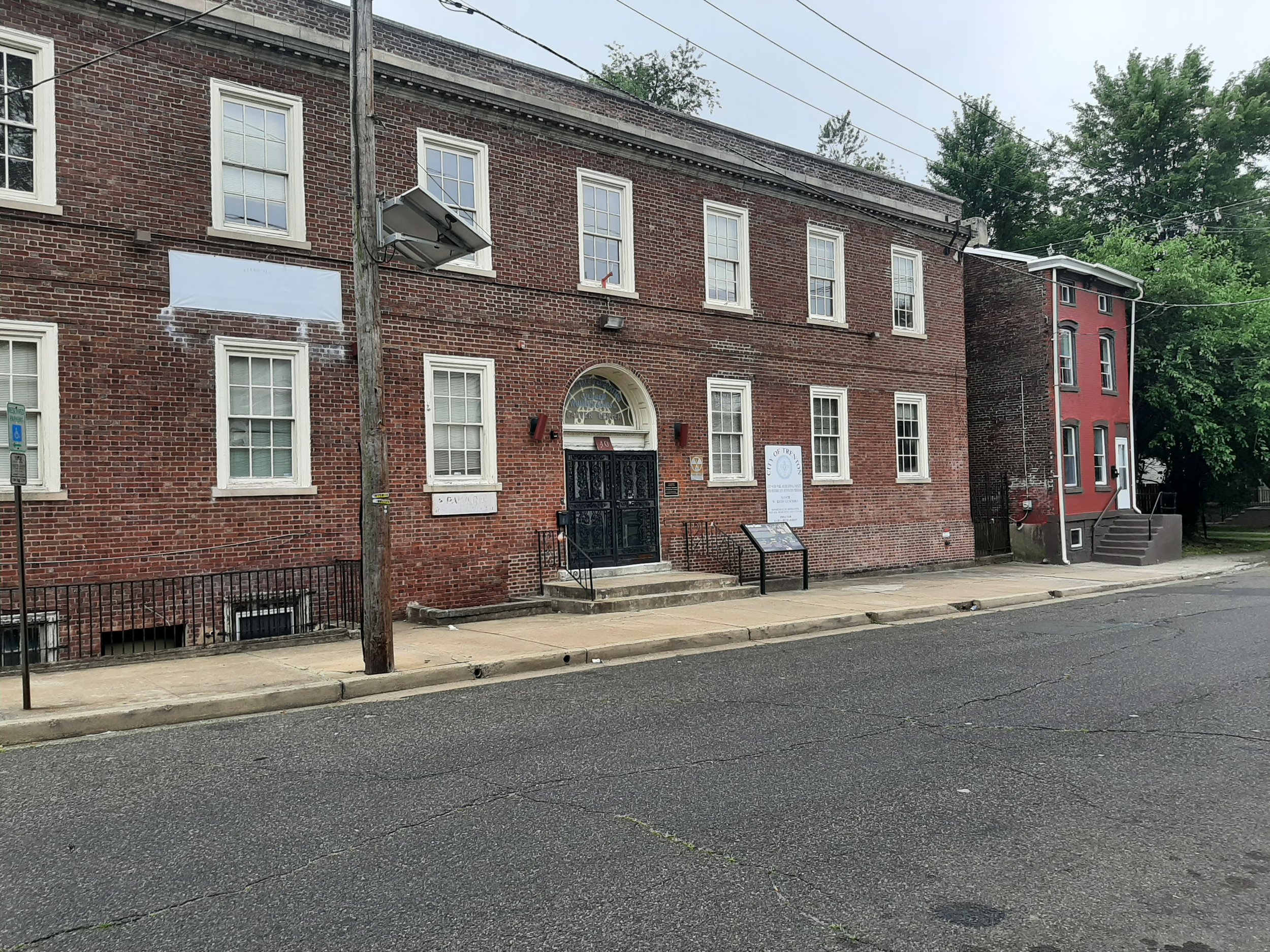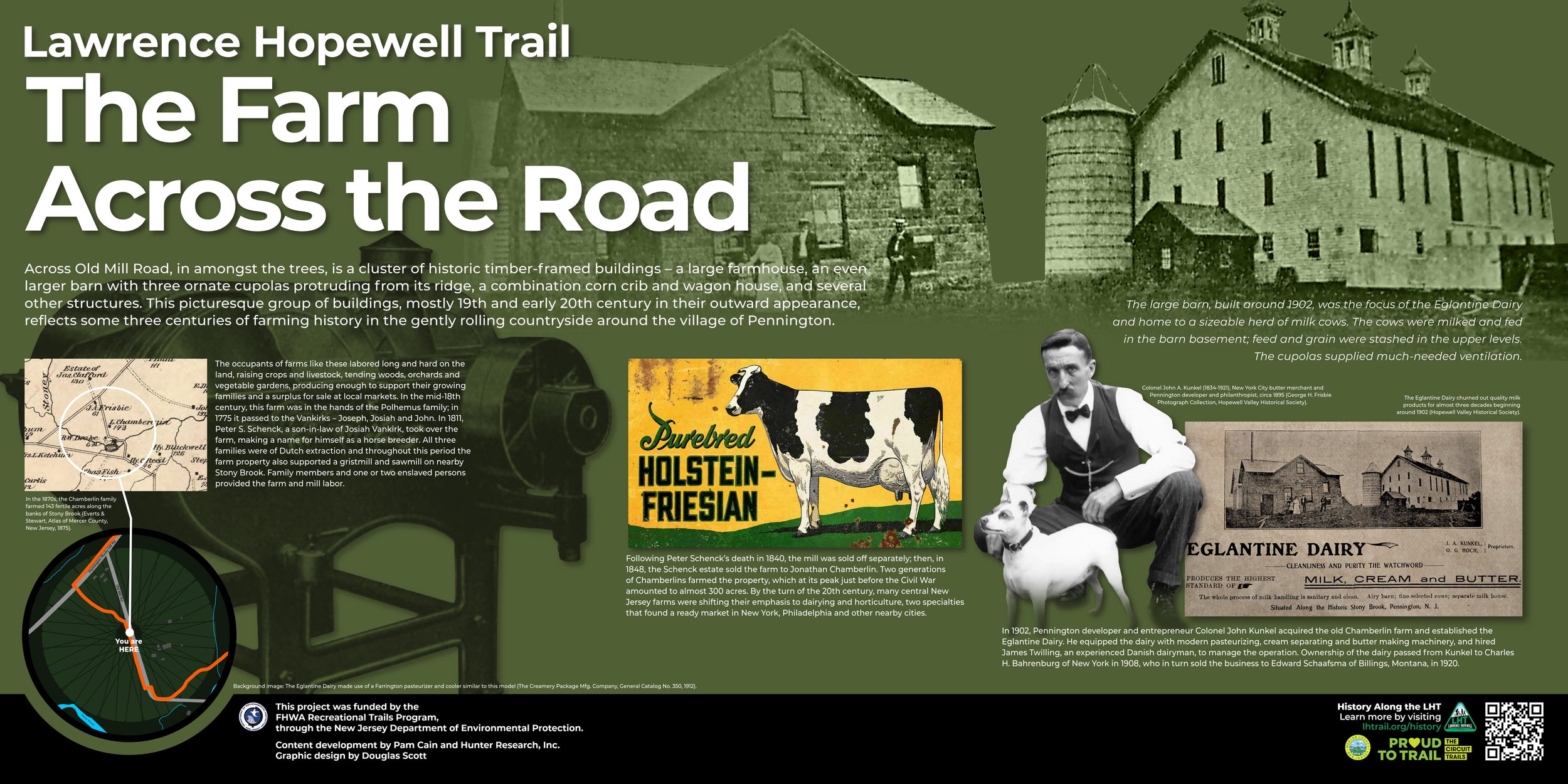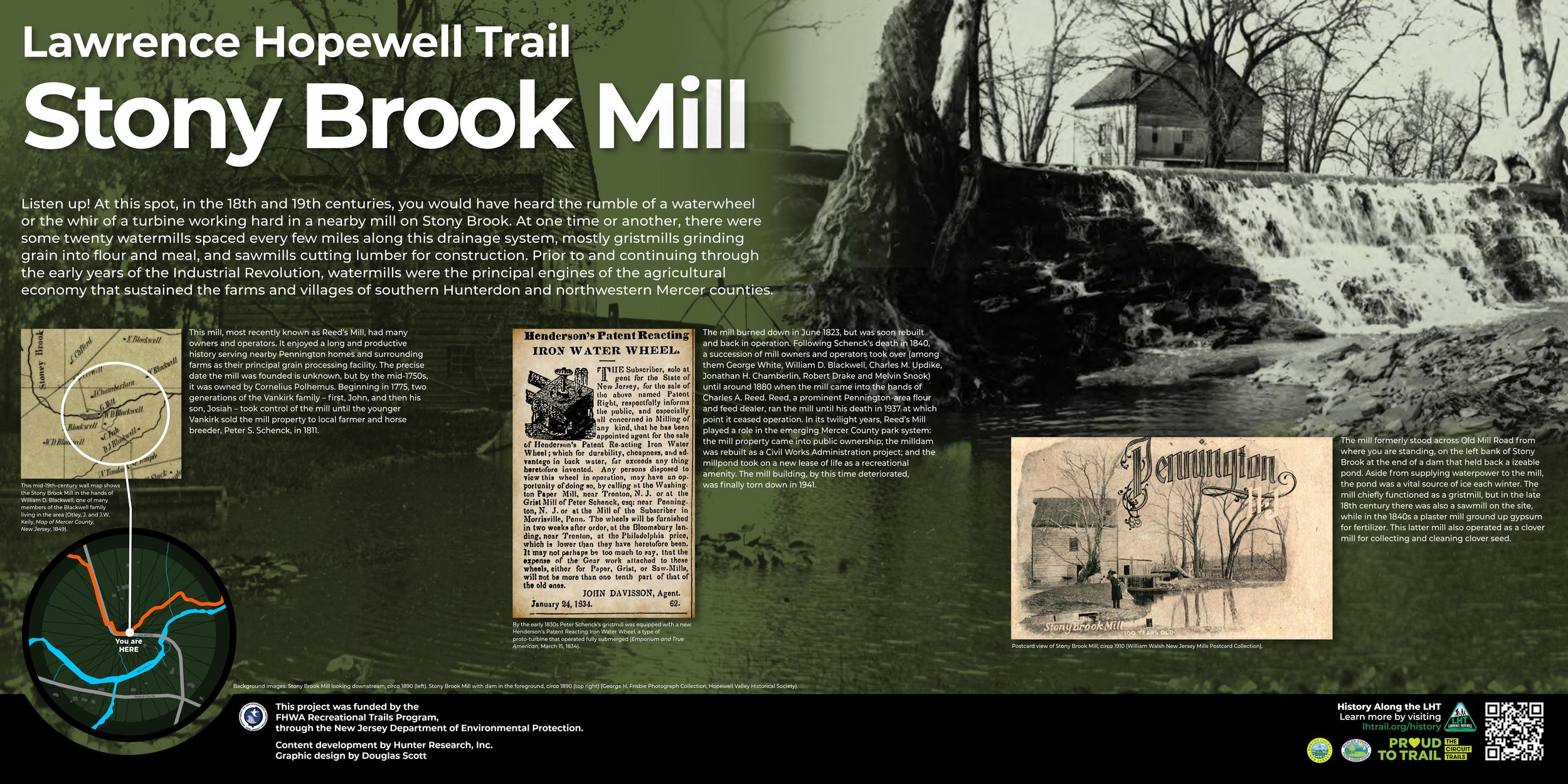In June 2021, the Mount Zion American Methodist Episcopal Church near Skillman in Montgomery Township, Somerset County, New Jersey was listed in the National Register of Historic Places. The listing was the culmination of a process that had been initiated nearly five years earlier to recognize this important rural center of Black history and faith in central New Jersey.
The Sourland Conservancy, a non-profit dedicated to protecting, promoting and preserving the natural and cultural diversity of the Sourland Mountain Region, approached Hunter Research in 2016 with a proposal to seek funding for a nomination. Soon, a grant was received from the Somerset County Cultural and Heritage Commission.
Based on prior work, Hunter Research was aware of the Sourland’s rich Black history. The region supported a small population of free Blacks in the early to mid-19th century. These pioneering families had likely been drawn there by the opportunity to purchase small landholdings. The Sourland Mountains were not prime agricultural land due to the poor rocky soils and limited access to transportation. This made it easier for Blacks to buy small landholdings, an important step in economic freedom for recently freed enslaved persons. Over the years, a dispersed Black community took root and grew, particularly in the 1880s and 1890s when the Sourlands experienced a peach-growing boom, sadly cut short by blight in the late 1890s.
The Mount Zion AME Church was built by a congregation established in the early years of the 19th century to serve the Sourland Mountain community. The congregation originally met in the crossroads village of Zion but moved to its present location on Hollow Road in 1899. Money for constructing the church was raised through camp meetings, which continued for many years as a popular activity. Architecturally, the church is a modest, front-gabled, vertical beaded-board-sided, wood-frame structure with a rectangular plan on a stone foundation. There is a cornerstone with the date of “1899.” The church’s interior is simply furnished with wood pews and an altar. Mount Zion AME Church is noteworthy for its material integrity, including interior and exterior finishes, reflecting a very modest, vernacular interpretation of rural Black church architecture.
Hunter Research is proud to have played a role in nominating the church to the New Jersey and National Registers of Historic Places. We thank local descendants and friends of the church’s founding families for generously sharing their knowledge of Mount Zion AME’s history.
